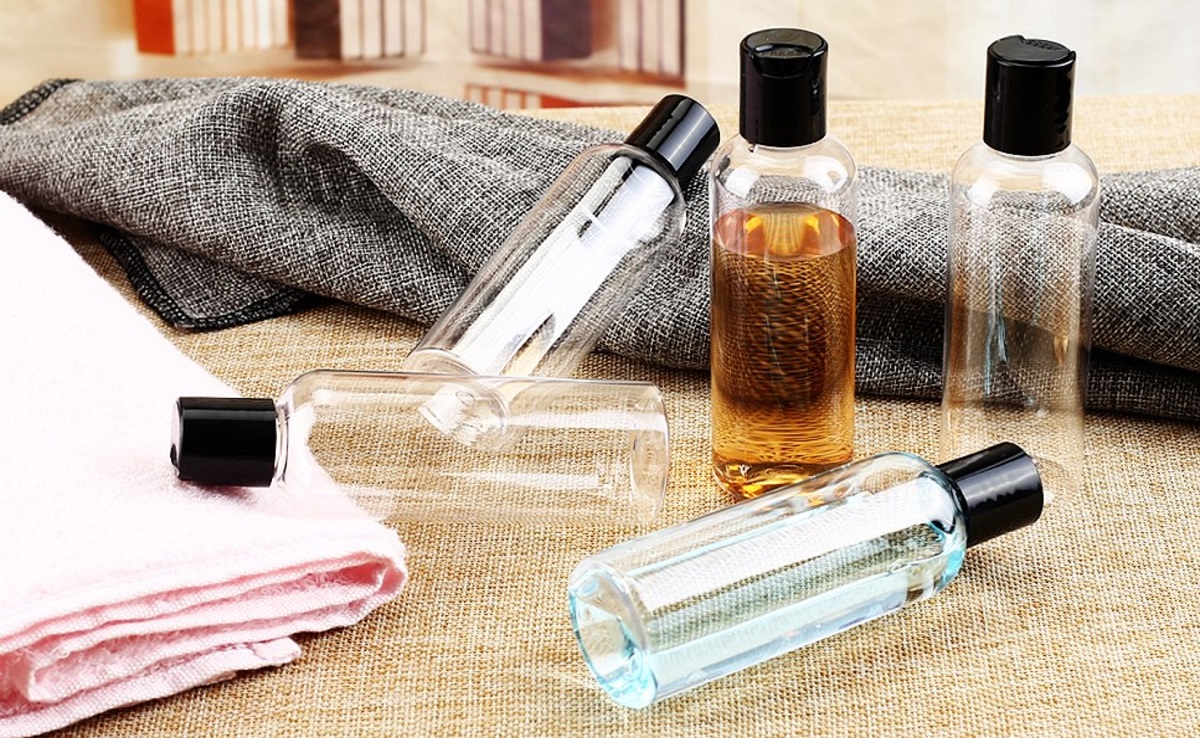

Articles
How Many 3.4 Ounce Containers
Modified: February 27, 2024
Discover the perfect kitchen storage solution with our 3.4 ounce containers. Keep your pantry organized and maximize space in style.
(Many of the links in this article redirect to a specific reviewed product. Your purchase of these products through affiliate links helps to generate commission for Storables.com, at no extra cost. Learn more)
How Many 3.4 Ounce Containers
Have you ever wondered how many 3.4 ounce containers you can bring on your travels? The answer to this question is crucial, as it directly impacts your packing decisions and adherence to travel regulations. In this article, we will delve into the specifics of the 3.4 ounce rule, outline the items that are allowed and not allowed in these containers, explore any travel restrictions or exceptions, and provide useful tips for efficiently packing your belongings.
Understanding the 3.4 Ounce Rule
The 3.4 ounce rule, commonly referred to as the “3-1-1” rule, states that liquids, gels, and aerosols carried in carry-on luggage must be in containers that are no larger than 3.4 ounces (100 milliliters) each. These containers must also be placed in a single, clear, quart-sized bag. The rule was implemented by the Transportation Security Administration (TSA) to maintain aviation security and streamline the security screening process at airports.
Items Allowed in 3.4 Ounce Containers
The list of items that can be carried in 3.4 ounce containers is quite extensive. These include toiletries such as shampoo, conditioner, lotion, and toothpaste. Additionally, items like perfumes, colognes, and liquid medications are also permitted in these containers. It is worth noting that these items are allowed as long as they fit within the quart-sized bag and adhere to the size limit for individual containers.
Items Not Allowed in 3.4 Ounce Containers
There are certain items that are not allowed in 3.4 ounce containers due to safety and security reasons. These include flammable substances, such as lighter fluid and gasoline, as well as corrosive materials like acids and alkalis. Other prohibited items include firearms and ammunition, knives, and other sharp objects. It is essential to familiarize yourself with the complete list of prohibited items to avoid any inconvenience during security checks.
Travel Restrictions and Exceptions
In addition to the 3.4 ounce rule, there may be certain travel restrictions specific to certain countries or airports. These restrictions could include limitations on carrying certain types of liquids or additional security measures for specific destinations. It is advisable to check the official websites of the relevant authorities or consult with your airline for any travel restrictions that may apply to your itinerary.
Tips for Packing 3.4 Ounce Containers
Efficiently packing your 3.4 ounce containers is crucial to make the most of the limited space. Here are some tips to help you pack effectively:
1. Use travel-sized containers: Opt for travel-sized containers that are specifically designed to meet the 3.4 ounce limit. These containers are available in most drugstores and travel stores.
2. Share toiletries: Coordinate with your travel companions to avoid carrying duplicate items. Sharing toiletries like shampoo or conditioner can help save space and reduce the number of containers you need to carry.
3. Consolidate liquids: If you are carrying multiple liquids, consider transferring them into a single container. This not only saves space but also makes it easier to pack and locate items.
4. Utilize resealable bags: Place your 3.4 ounce containers in a resealable bag to prevent any potential leaks or spills. This will help maintain the organization and cleanliness of your belongings.
Overall, understanding the 3.4 ounce rule and knowing how many containers you can bring is essential for a hassle-free travel experience. By adhering to these guidelines and following the tips mentioned above, you can pack efficiently while complying with aviation security regulations. So, next time you embark on a journey, pack smartly and confidently within the limits of your 3.4 ounce containers.
Key Takeaways:
- Pack smartly for air travel by understanding the 3.4 ounce rule. Efficiently organize toiletries and liquids in travel-sized containers to comply with regulations and ensure a hassle-free security screening process.
- Prioritize safety and convenience by adhering to 3.4 ounce container regulations. Familiarize yourself with allowed and prohibited items, utilize space-saving packing tips, and travel confidently within airport security guidelines.
Introduction – Purpose of the Article
When it comes to traveling, packing can be a daunting task. It becomes even more challenging when you have to navigate through various rules and regulations, such as the 3.4 ounce rule for containers. The purpose of this article is to provide clarity and guidance on how many 3.4 ounce containers you can bring during your travels.
The 3.4 ounce rule, often referred to as the “3-1-1” rule, was implemented by the Transportation Security Administration (TSA) to ensure aviation security and streamline the security screening process at airports. It states that liquids, gels, and aerosols carried in carry-on luggage must be in containers that are no larger than 3.4 ounces (100 milliliters) each. These containers must also be placed in a single, clear, quart-sized bag.
The reason behind this rule is to mitigate potential risks associated with carrying large quantities of liquids on board the aircraft. By limiting the container size, it allows security personnel to efficiently screen and inspect the items during the security check process. This helps maintain the safety and security of air travel for all passengers.
Understanding the 3.4 ounce rule is crucial for travelers to ensure compliance with airport regulations. By knowing the maximum size allowed for containers, you can plan your packing accordingly and avoid any last-minute surprises at the security checkpoint. It is important to note that this rule applies to carry-on luggage, and there may be additional restrictions or guidelines for checked baggage.
In this article, we will dive deeper into the specifics of the 3.4 ounce rule, discussing the items that are allowed and not allowed in these containers. We will also explore any travel restrictions or exceptions that may exist, as well as provide helpful tips on how to efficiently pack your 3.4 ounce containers.
By the end of this article, you will have a clear understanding of the regulations surrounding 3.4 ounce containers, empowering you to pack confidently and adhere to the necessary guidelines. So, let’s unravel the secrets of the 3.4 ounce rule and embark on a journey that is both safe and hassle-free!
Understanding the 3.4 Ounce Rule
The 3.4 ounce rule, also known as the “3-1-1” rule, is a regulation established by the Transportation Security Administration (TSA) that governs the carrying of liquids, gels, and aerosols in carry-on luggage during air travel. It states that these substances must be stored in containers no larger than 3.4 ounces (100 milliliters) each and placed in a single, quart-sized, clear plastic bag.
The main purpose of this rule is to maintain aviation security and facilitate the screening process at airport checkpoints. By limiting the size of liquid containers, security personnel can efficiently scan and inspect the items for any potential threats or prohibited substances. This helps to ensure the safety and well-being of all passengers traveling by air.
The importance and relevance of the 3.4 ounce rule cannot be overstated. It serves as a vital component in maintaining the security infrastructure of airports worldwide. By restricting the size of liquid containers, the rule acts as a deterrent against individuals attempting to carry hazardous substances or weapons on board an aircraft.
Furthermore, the rule contributes to the smooth functioning of security checkpoints. With millions of passengers passing through airports each day, implementing a standard size limit for containers simplifies the screening process. It allows security personnel to quickly and effectively examine the contents of carry-on luggage, identifying any potential threats and taking necessary actions to ensure the safety of all travelers.
Adhering to the 3.4 ounce rule is not only essential for aviation security but also for avoiding delays and disruptions during your journey. Failure to comply with this regulation can result in having your items confiscated or being subject to additional screening procedures, causing inconvenience and potential delays in boarding your flight.
It is worth noting that the 3.4 ounce rule specifically applies to liquids, gels, and aerosols carried in your carry-on luggage. There may be additional regulations and restrictions for checked baggage, so it is essential to familiarize yourself with the specific requirements of your airline or the airport you will be traveling through.
By understanding the 3.4 ounce rule and its significance, you can ensure a smoother travel experience. Being aware of the size limit for liquid containers allows you to pack accordingly, choose travel-sized options, or transfer liquids into smaller containers that meet the prescribed measurements. This proactive approach not only enables you to comply with airport regulations but also makes the security screening process more efficient, helping you get on your way to your destination with minimal hassle and delays.
In the next section, we will explore in more detail the specific items that are allowed and not allowed in 3.4 ounce containers according to the TSA guidelines.
Items Allowed in 3.4 Ounce Containers
When it comes to packing your 3.4 ounce containers for air travel, there is a wide range of items that are permitted to be carried in these containers. Understanding what you can bring helps you pack efficiently and ensures compliance with the 3.4 ounce rule. Here is a list of items that can be carried in 3.4 ounce containers:
1. Toiletries: This includes everyday essentials such as shampoo, conditioner, body wash, and lotion. These items are allowed because they contribute to personal hygiene and comfort while traveling.
2. Toothpaste: Oral hygiene is crucial, even on the go. Toothpaste in 3.4 ounce containers is permitted, ensuring you can maintain your dental care routine during your journey.
3. Perfumes and Colognes: Packing your favorite fragrances is possible within the 3.4 ounce limit. You can bring travel-sized vials or decant your preferred scents into smaller containers.
4. Liquid Medications: If you need to travel with liquid medications, be it prescription or over-the-counter, you can carry them in 3.4 ounce containers. This ensures you have access to necessary medications during your trip.
5. Contact Lens Solution: Contact lens wearers can bring their lens solution in 3.4 ounce containers. It is essential for maintaining proper eye care and cleanliness.
6. Liquid Cosmetics: Liquid cosmetics such as foundation, moisturizer, and liquid eyeliners are allowed in 3.4 ounce containers. These items contribute to personal grooming and can be packed without exceeding the size limit.
7. Baby Essentials: Parents traveling with infants can bring necessary liquids, such as baby formula, breast milk, and baby food, in 3.4 ounce containers. Ensuring these essentials are accessible during travel is essential for the well-being of the baby.
The reason behind allowing these items in 3.4 ounce containers is to strike a balance between security measures and the practical needs of travelers. These items have been deemed safe and necessary for personal care, hygiene, and well-being during travel. By limiting their container size, security personnel can efficiently screen and inspect these items, ensuring the safety of all passengers.
It’s important to note that these items must fit within a single, quart-sized, clear plastic bag. Each passenger is generally allowed only one such bag. Placing the 3.4 ounce containers in this bag helps streamline the security screening process and ensures easy visibility for the security personnel.
It is advisable to check with the specific airline or airport for any additional guidelines or restrictions related to these items. However, in general, travelers can confidently pack these essential liquids in 3.4 ounce containers, giving them a sense of normalcy and comfort while complying with airport regulations.
In the next section, we will explore the items that are not allowed in 3.4 ounce containers to ensure you are aware of any restrictions and can pack accordingly.
When calculating the number of 3.4 ounce containers needed, divide the total amount by 3.4 to find the quantity required. For example, if you need 10.2 ounces, you would need 3 containers.
Items Not Allowed in 3.4 Ounce Containers
While there are numerous items that are allowed in 3.4 ounce containers for air travel, it is equally important to be aware of the items that are not permitted. These restrictions are in place for safety and security reasons. Here is a list of items that cannot be carried in 3.4 ounce containers:
1. Flammable Substances: Items such as lighter fluid, gasoline, and other highly flammable substances are strictly prohibited in 3.4 ounce containers. The risk of leakage or accidental ignition poses a significant threat to the safety of passengers and the aircraft.
2. Corrosive Materials: Acids, alkalis, and other corrosive substances are not permitted in 3.4 ounce containers. These materials can cause severe damage to the aircraft or pose a danger to passengers if they were to leak, spill, or react with other substances.
3. Firearms and Ammunition: Weapons, including firearms and ammunition, are obviously not allowed in 3.4 ounce containers, or anywhere else in carry-on luggage. These items are subject to strict regulations and must be properly declared, stored, and transported according to specific guidelines provided by the airline or authorities.
4. Knives and Sharp Objects: Objects with sharp blades or points, such as knives, scissors, or tools, are prohibited in 3.4 ounce containers. These items are considered potential weapons and must be transported in checked baggage or declared to the airline.
5. Explosives and Incendiary Devices: Items such as fireworks, flares, and explosive or incendiary devices are strictly banned from being carried in 3.4 ounce containers or any other form of carry-on luggage. These items pose a severe threat to aviation security and are strictly regulated.
6. Industrial Chemicals: Chemicals, including industrial solvents or cleaning agents, are not allowed in 3.4 ounce containers. Their potentially hazardous nature and the risk of unintended reactions or misuse make them unsafe for transportation in the cabin.
The reasons behind these restrictions are clear: to prioritize aviation safety and protect passengers and crew onboard. By prohibiting these potentially dangerous items in 3.4 ounce containers, security personnel can focus their attention on screening and checking items that are essential for personal care and well-being during travel.
It is crucial to be aware of these restrictions and comply with them to avoid delays, potential fines, or even legal consequences. If you need to travel with any of these prohibited items, it is advisable to contact your airline or the relevant authorities in advance to determine the proper procedures or alternative transport options.
By understanding the items that are not allowed in 3.4 ounce containers, you can ensure a smoother navigation through airport security checkpoints while prioritizing the safety and security of air travel for all. In the next section, we will explore any additional travel restrictions or exceptions related to the 3.4 ounce rule.
Read more: How Many Ounces Is A Brick
Travel Restrictions and Exceptions
In addition to the 3.4 ounce rule for containers, there may be additional travel restrictions and exceptions that you need to be aware of when it comes to carrying liquids, gels, and aerosols during air travel. Let’s take a closer look at these:
1. Additional Restrictions: While the 3.4 ounce rule is a universal standard for liquids, gels, and aerosols in carry-on luggage, it is essential to check for any specific restrictions imposed by individual airlines or countries. Some airlines may have stricter regulations or limitations on certain substances, even if they are within the 3.4 ounce limit. Additionally, different countries may have their own rules regarding carrying certain items, so it is crucial to research and comply with their requirements.
2. Duty-Free Purchases: One common exception to the 3.4 ounce rule is for liquid items purchased from airport duty-free shops. In most cases, passengers are allowed to bring duty-free liquids, such as alcohol or perfume, in containers larger than 3.4 ounces. However, these items must be properly sealed in a tamper-evident bag, and you may be required to provide proof of purchase.
3. Liquids for Medical Purposes: Passengers who require necessary liquids for medical purposes, such as liquid medications, are generally exempt from the 3.4 ounce rule. However, it is important to carry the required documentation, such as a prescription or a letter from a healthcare professional, to validate the medical need for these liquids. It is advisable to inform the security personnel in advance and be prepared for additional screening procedures.
4. Liquids for Infant or Child Use: Parents traveling with infants or young children are typically allowed to carry baby formula, breast milk, or baby food in quantities exceeding 3.4 ounces. However, these items may be subject to additional screening or inspection at the security checkpoint. It is recommended to pack these liquids separately and notify the security personnel beforehand.
It is crucial to check with your airline and review the specific regulations of your destination before your trip to ensure compliance and minimize any potential issues or delays. Be prepared to provide necessary documentation, follow any special procedures, or pack items in a certain way to meet the requirements set forth by the airline or authorities.
By staying informed and being aware of any additional travel restrictions and exceptions related to the 3.4 ounce rule, you can plan and pack accordingly, ensuring a smoother travel experience and avoiding any inconveniences or complications during airport security checks.
Next, we will provide you with some helpful tips for packing your 3.4 ounce containers efficiently to maximize space and prevent any potential spills or leaks.
Tips for Packing 3.4 Ounce Containers
Efficiently packing your 3.4 ounce containers is essential to make the most of the limited space while ensuring the safety and organization of your belongings. Here are some useful tips and strategies to consider when packing your items:
1. Use Travel-Sized Containers: Opt for travel-sized containers specifically designed to meet the 3.4 ounce limit. These containers are available in most drugstores and travel stores and are often labeled as TSA-approved. Investing in these containers will ensure that you have the right-sized containers for your liquids, making packing easier and more efficient.
2. Coordinate and Share Toiletries: Coordinate with your travel companions, such as family members or friends, to avoid carrying duplicate toiletry items. Sharing items like shampoo, conditioner, or lotion can help save space and reduce the number of containers you need to carry. Just make sure to transfer the shared products into smaller containers to comply with the 3.4 ounce rule.
3. Consolidate Liquids: If you need to bring multiple liquids, consider transferring them into a single container to save space. For example, if you use different face serums, combine them into one small, labeled container for your trip. Similarly, you can pour small amounts of different lotions or hair products into a single container, reducing the number of items you need to pack while ensuring you have what you need.
4. Utilize Resealable Bags: Place your 3.4 ounce containers in a resealable bag to prevent any potential leaks or spills. This not only keeps your other belongings clean and organized but also makes it easier to locate and retrieve your items during security checks. Clear, quart-sized, Ziploc bags are widely available and ensure compliance with the TSA’s requirement for carrying liquids in your carry-on.
5. Pack Securely and Strategically: Pay attention to how you pack your 3.4 ounce containers in your luggage. Place them in a way that minimizes the chances of accidentally opening or damaging the containers. Consider using travel pouches or mini organizer bags specifically designed for toiletries to keep them secure and prevent leaks or spills.
6. Optimize Space: Maximize the space inside your quart-sized bag by efficiently arranging your 3.4 ounce containers. Utilize every nook and cranny by filling empty spaces with small items or packing rolled-up socks around the containers. This not only saves space but also helps protect your containers from potentially getting smashed or crushed.
7. Label Your Containers: To avoid any confusion or mix-ups, consider labeling your 3.4 ounce containers. Use waterproof markers or label stickers to identify the contents of each container. This will help you easily locate and identify your items, especially when you’re pressed for time during security checks or in a rush to freshen up during your journey.
By following these tips for packing your 3.4 ounce containers, you can ensure a compact, organized, and spill-free travel experience. Efficient packing not only helps you comply with regulations but also makes the process of going through security checkpoints faster and more convenient.
In the next section, we will summarize the key points discussed in this article and provide some final thoughts on the significance of understanding how many 3.4 ounce containers you can carry during travel.
Conclusion
In conclusion, understanding the rules and regulations regarding 3.4 ounce containers is crucial for smooth and hassle-free air travel. Here is a summary of the main points discussed in this article:
– The 3.4 ounce rule, also known as the “3-1-1” rule, requires liquids, gels, and aerosols in carry-on luggage to be stored in containers no larger than 3.4 ounces and placed in a single, clear, quart-sized bag.
– Items allowed in 3.4 ounce containers include toiletries, toothpaste, perfumes, liquid medications, contact lens solution, liquid cosmetics, and baby essentials. These items are permitted due to their relevance to personal care, hygiene, and well-being during travel.
– Items not allowed in 3.4 ounce containers include flammable substances, corrosive materials, firearms and ammunition, sharp objects, and explosive or incendiary devices. Restrictions are in place to prioritize aviation safety and passenger security.
– Additional travel restrictions may exist, such as specific limitations imposed by airlines or countries. Duty-free purchases and exceptions for medical or infant care liquids are common exceptions to the 3.4 ounce rule.
– Tips for efficiently packing 3.4 ounce containers include using travel-sized containers, coordinating and sharing toiletries, consolidating liquids when possible, utilizing resealable bags, packing securely and strategically, optimizing space, and labeling containers to avoid confusion.
Knowing how many 3.4 ounce containers you can carry is significant for several reasons. Firstly, compliance with these regulations ensures a faster and smoother security screening process, reducing delays and potential inconveniences. Secondly, adhering to the 3.4 ounce rule prioritizes aviation security, creating a safe environment for all passengers. Lastly, efficient packing of 3.4 ounce containers maximizes space, minimizes the risk of spills or leaks, and enhances overall travel organization.
By familiarizing yourself with the 3.4 ounce rule, understanding the items allowed and not allowed in these containers, and implementing efficient packing strategies, you can navigate the airport security process with ease, ensuring a stress-free travel experience.
We hope this article has provided valuable insights and guidance regarding how many 3.4 ounce containers you can carry during your travels. Travel safely, be organized, and enjoy your journey!
Frequently Asked Questions about How Many 3.4 Ounce Containers
Was this page helpful?
At Storables.com, we guarantee accurate and reliable information. Our content, validated by Expert Board Contributors, is crafted following stringent Editorial Policies. We're committed to providing you with well-researched, expert-backed insights for all your informational needs.
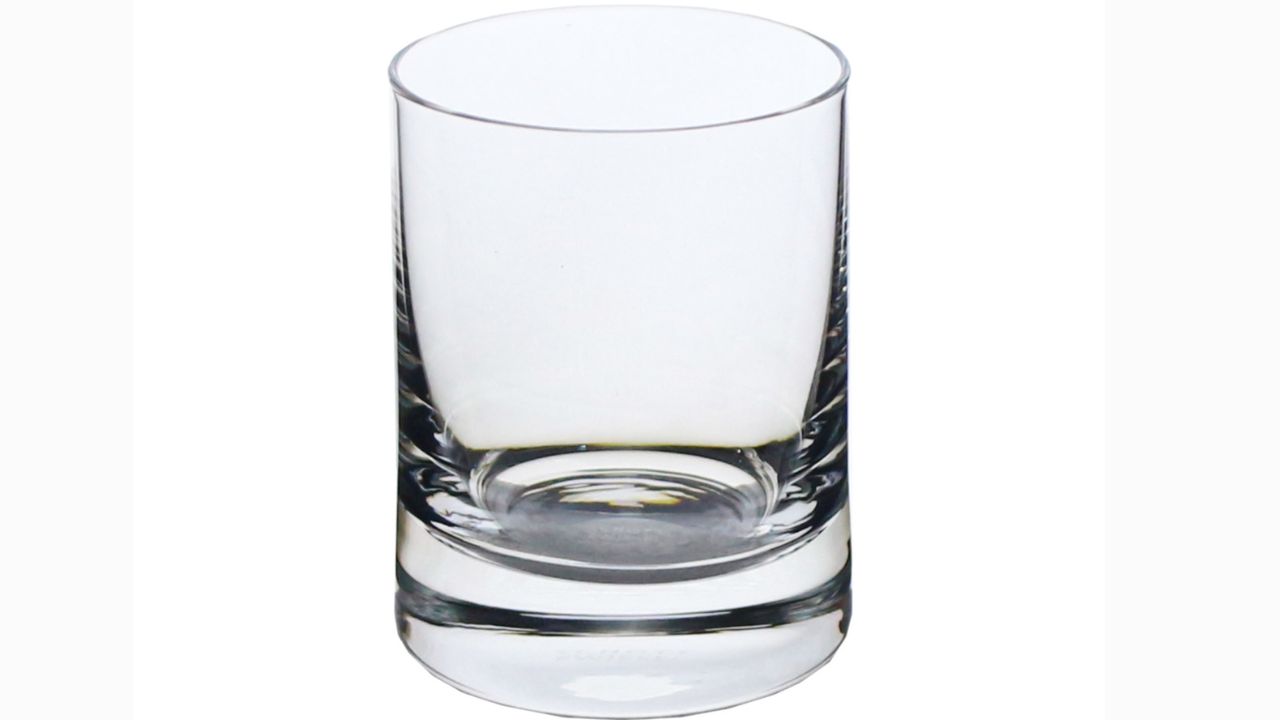

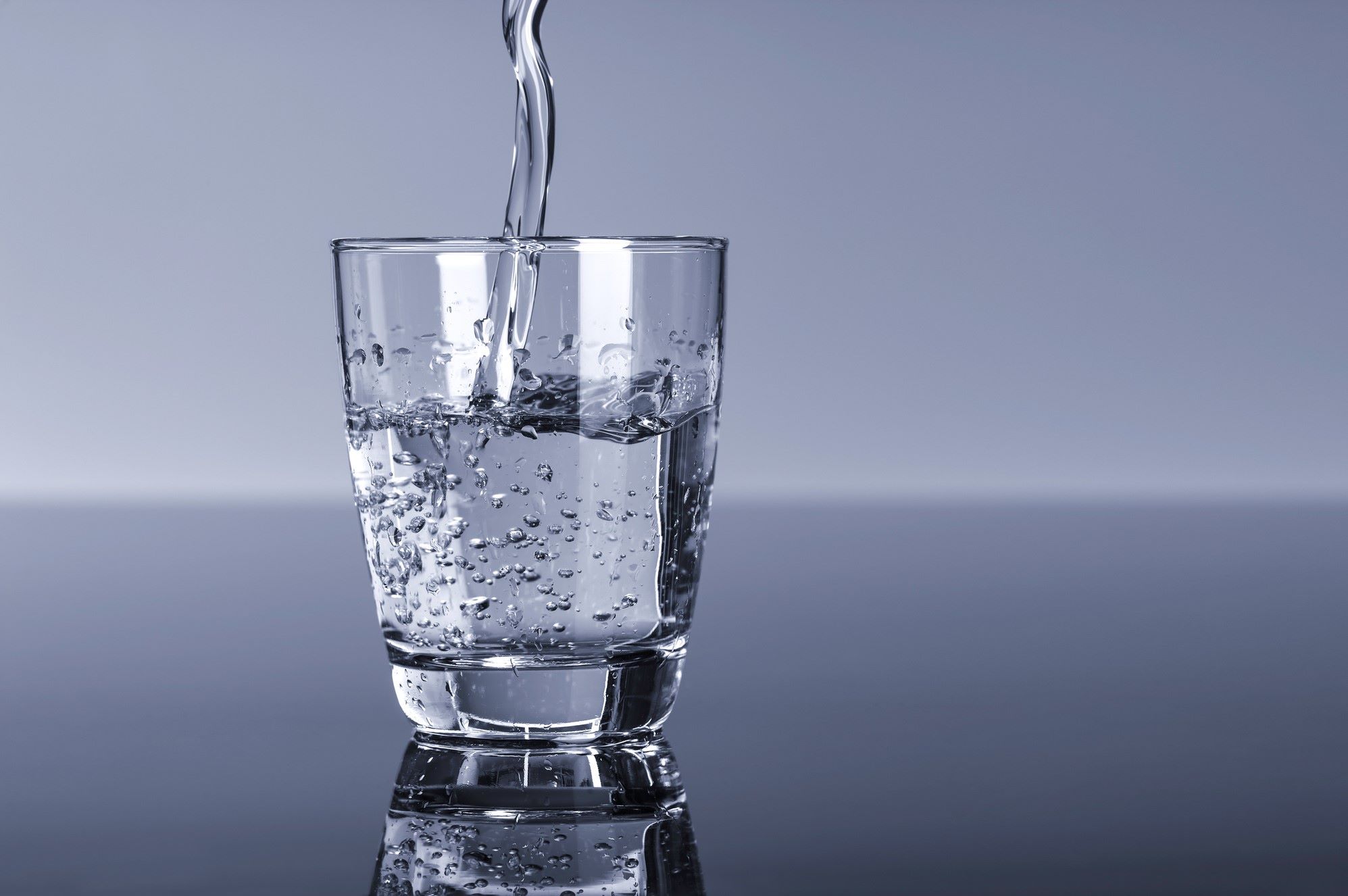

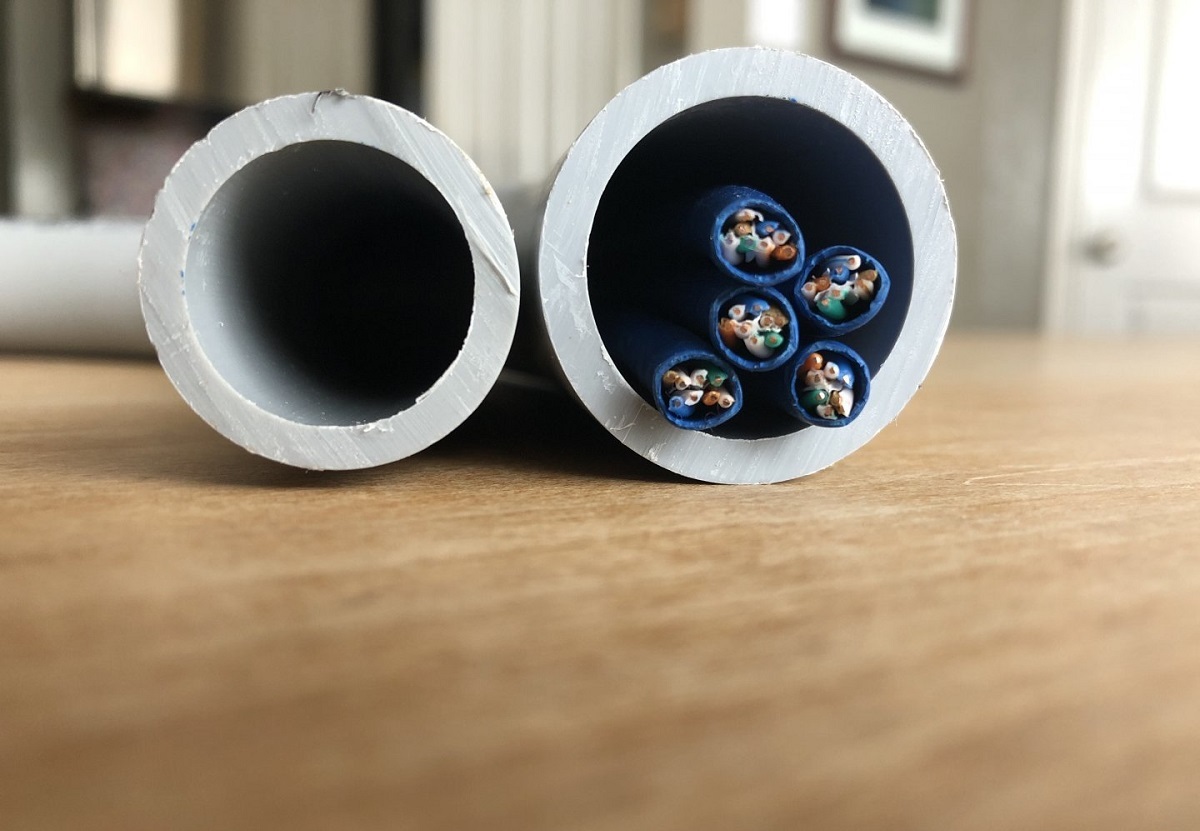
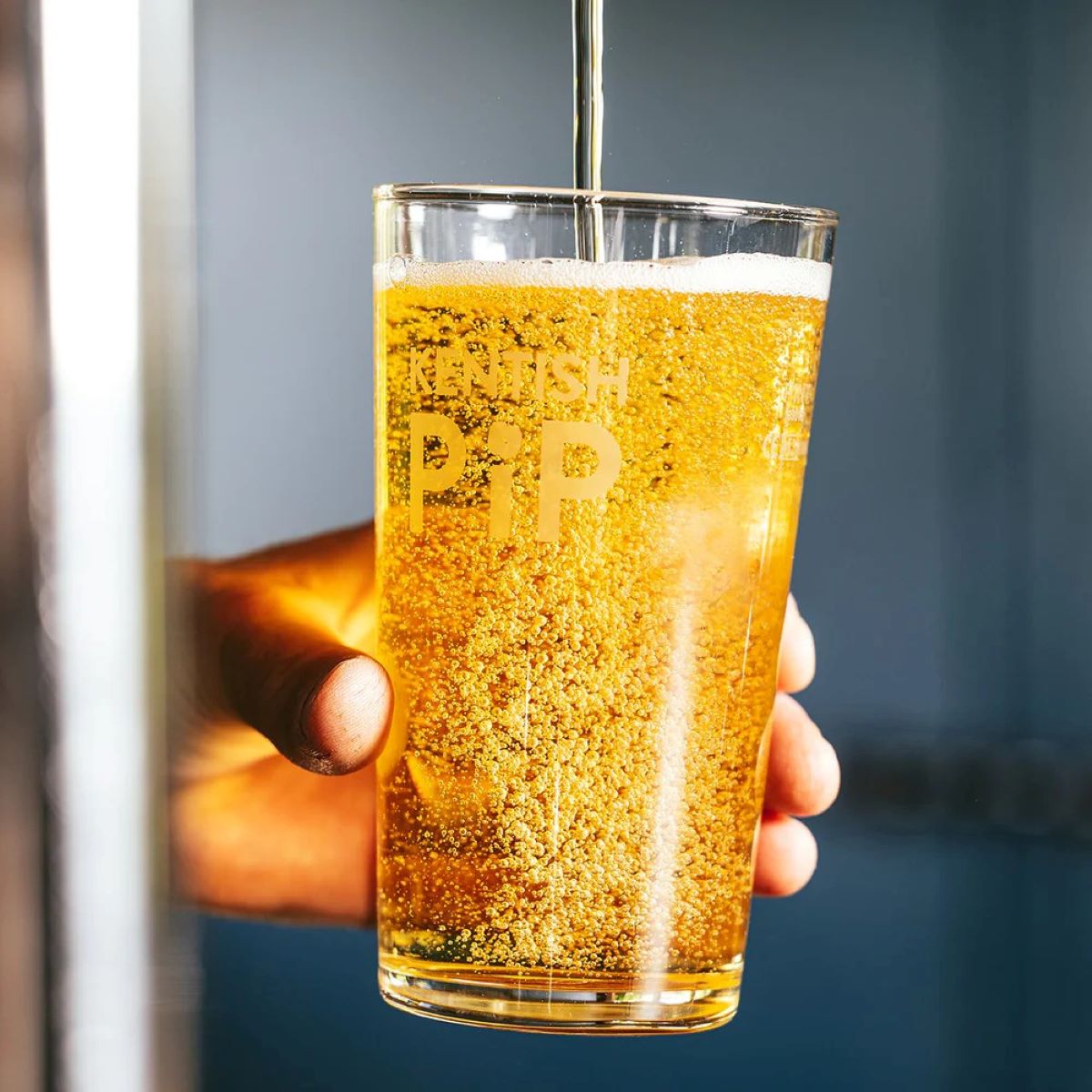
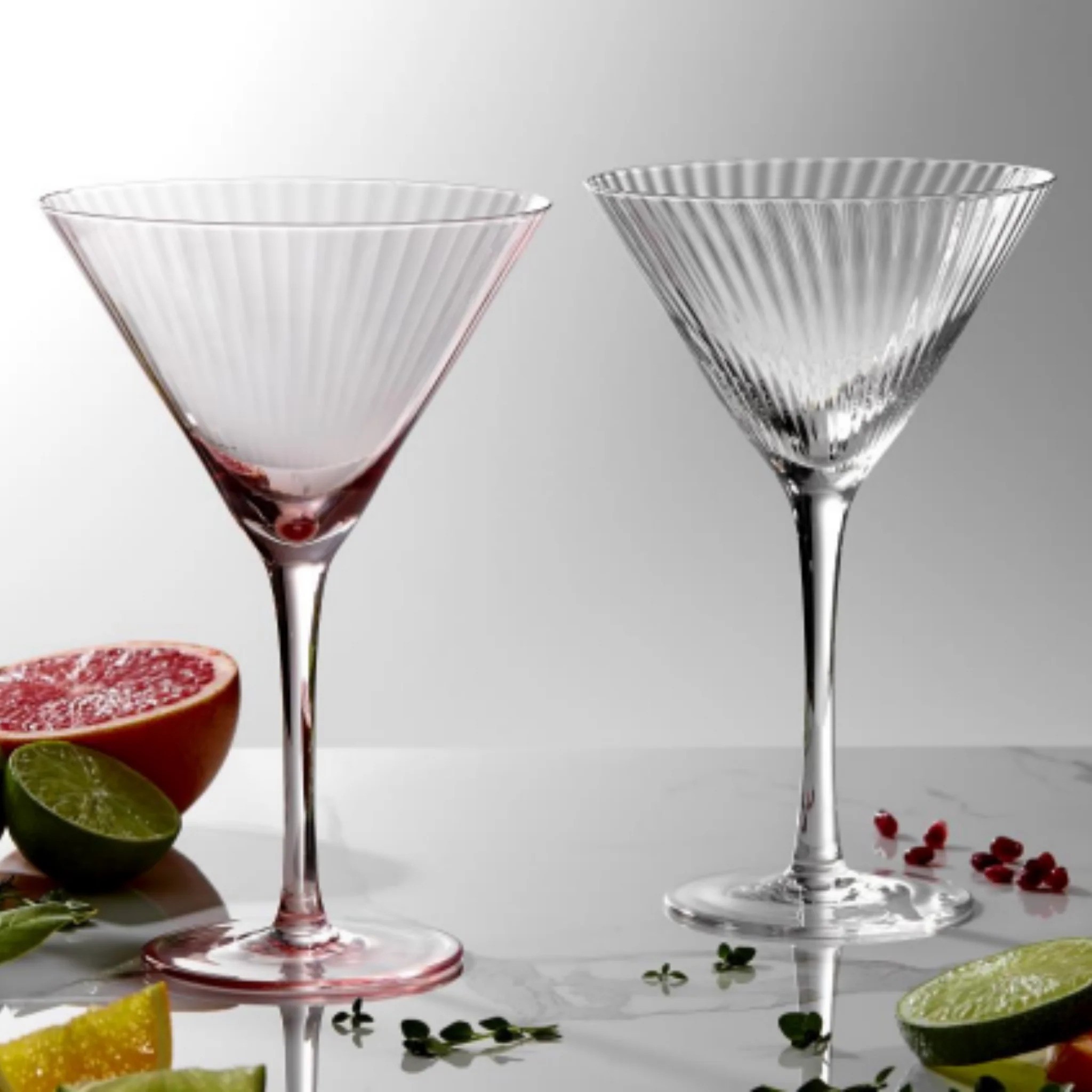


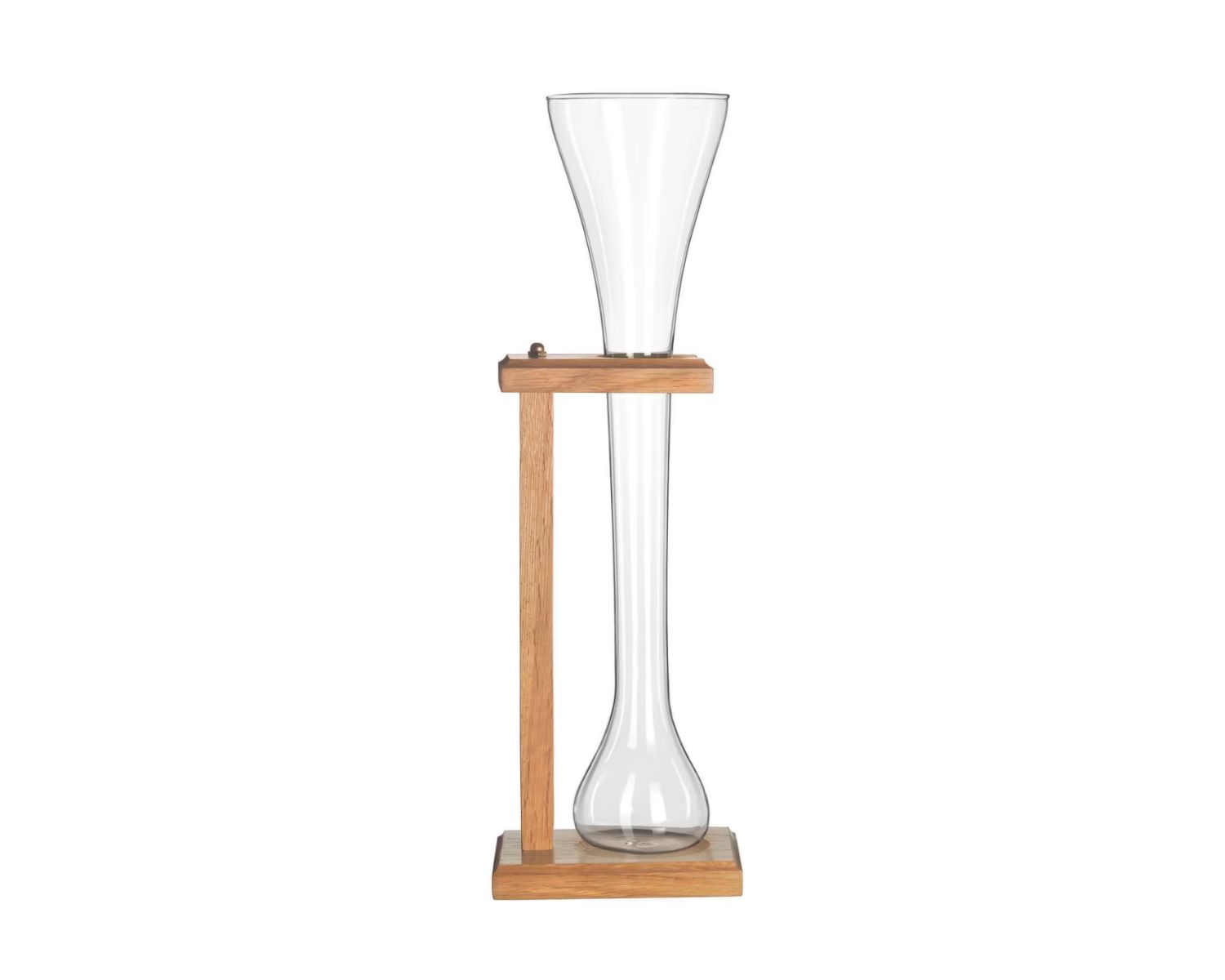

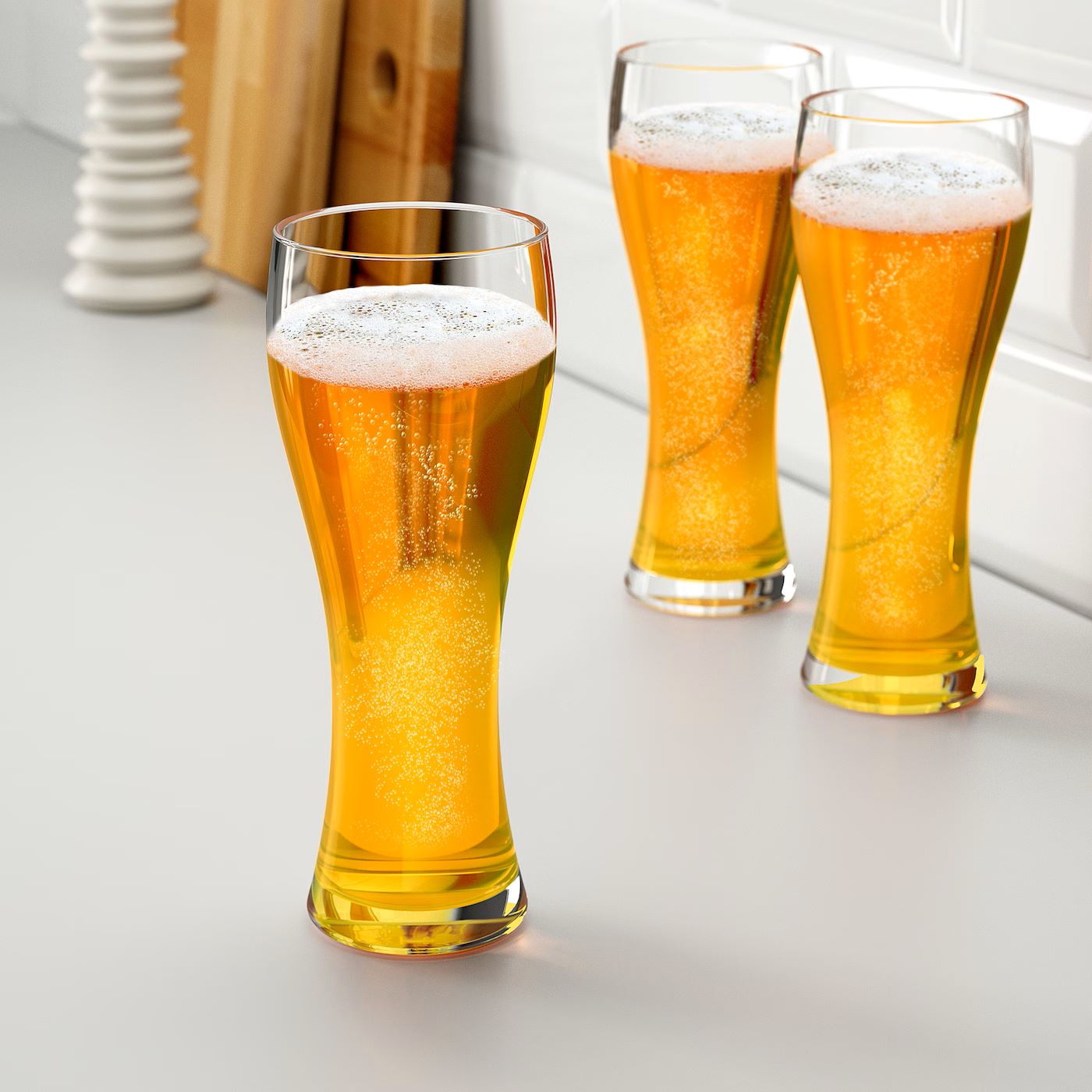

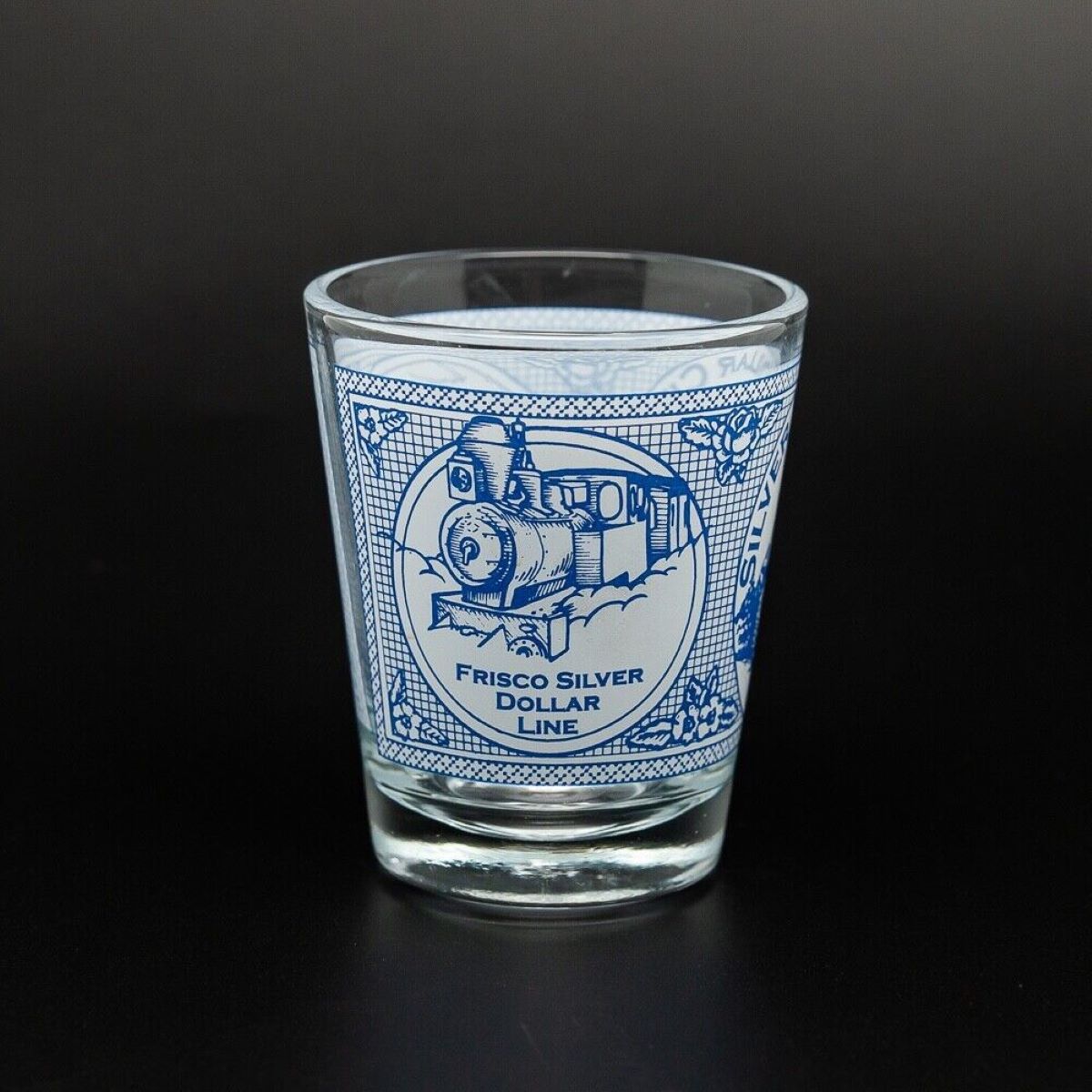

0 thoughts on “How Many 3.4 Ounce Containers”